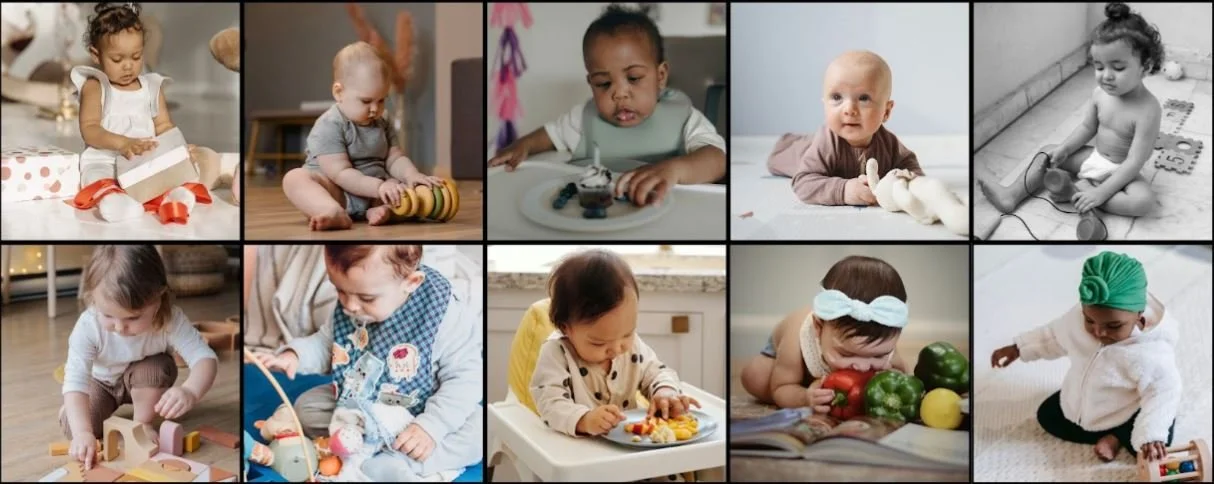What is the BiPedal Project?
Body Imagery and Posture Effects in Development and Learning is an ongoing research fellowship being undertaken by Dr Áine Ní Choisdealbha. The purpose of this project is to learn how babies get a sense of their own bodies, and how they use their own bodies to figure out other people, and learn about the world around them. This project is funded by the European Union’s Horizon 2020 Program, and involves a collaboration between UCD and the Institute for Learning and Brain Sciences (I-LABS) at the University of Washington.
How babies learn about other people
When babies are born, they cannot hold their own heads up. Less than two years later, as toddlers they can walk, dance, and run around. This means that they undergo a lot of motor development during infancy, that is, they learn to do lots of new things with their bodies. In the same amount of time, they go through a lot of social development. They learn to communicate, they put short phrases together, and they copy what other people are doing.
When babies are learning, they rely on things they have seen, felt, and experienced. Learning about other people is a big step because we can’t see into other people’s minds. One of the earliest ways that babies begin to learn about other people is by watching what they’re doing (their actions). Research has shown that when a baby sees a person reach for a cup, they look at the person’s mouth, but when they see a person pick up a hairbrush, they look at their hair. This suggests that they can use their previous experience - of seeing people use cups and hairbrushes - to make predictions about simple, common actions.
Motor development and learning to do new things also help babies figure out what other people are doing. For example, when babies learn to do new things with their hands - like shaping their fingers to pick up small objects with their thumb and fingertips - they also get better at figuring out what other people are doing when they shape their hands differently. We call this the “perception-production link” - for babies, learning to do something new or “produce” a new action, leads to understanding or “perceiving” what someone else is doing better.
Why we study the brain
Parts of the brain that are involved in movement and doing actions with our bodies, are also active when we watch someone else doing the same thing. This is true for babies too. Babies who have been crawling for longer show a bigger brain response to videos of other babies crawling, for example.
Different parts of the brain control different parts of the body. For example, when we do something with our hands (or watch someone else do something with their hands), a different part of the brain is active than when we are doing (or watching) an action with the feet.
We are studying how babies’ brains respond to actions using different parts of the body, to learn how these responses change as they grow and develop new motor skills using their hands and feet. Do they find it more difficult to figure out actions using the feet, than actions using the hands? Does learning to do things like kicking and walking make their brain respond differently to actions using the feet?
If you’re the parent of a baby between 4 and 14 months old and you would like to take part in our research, click here to find out more!


